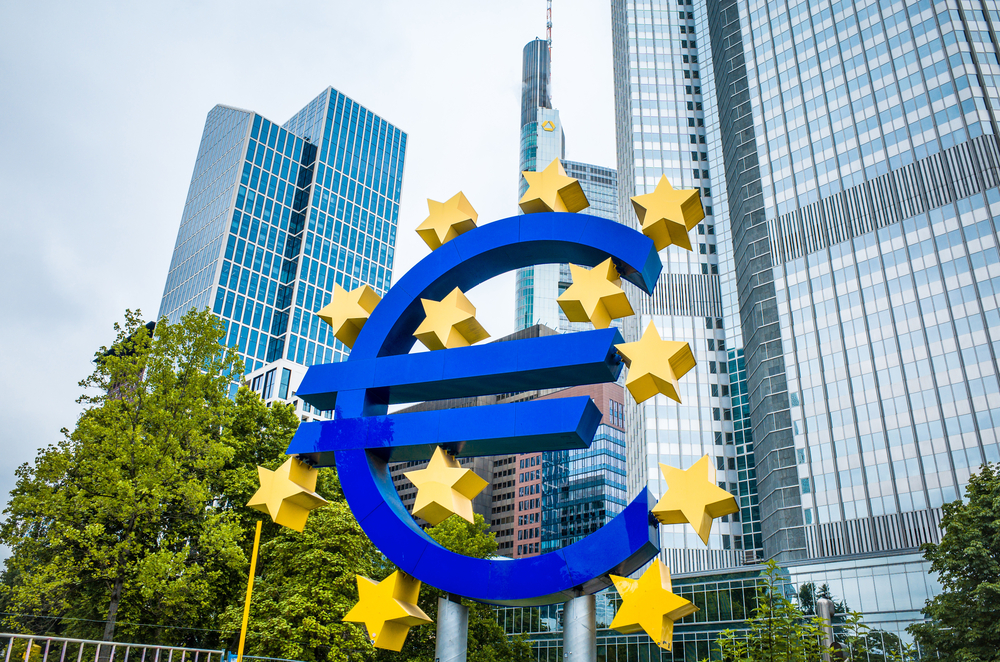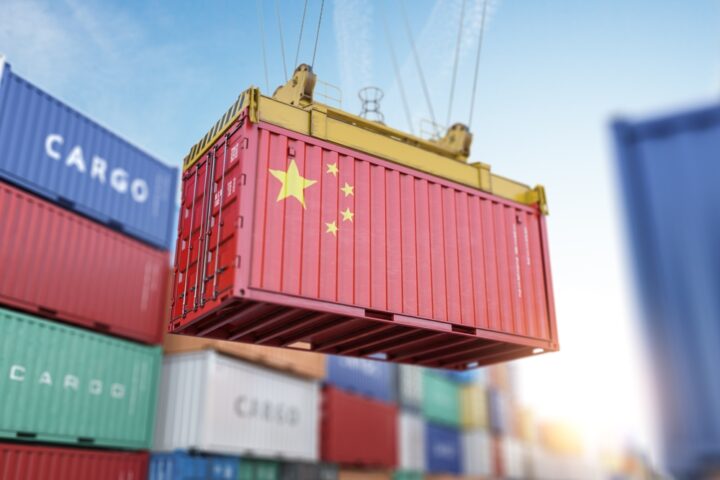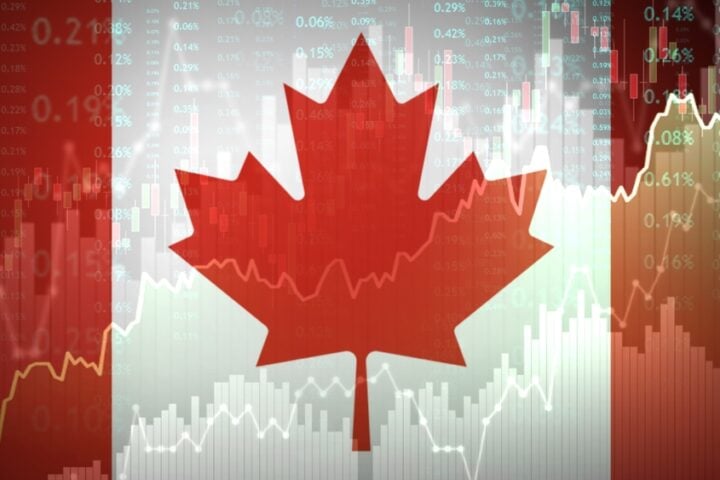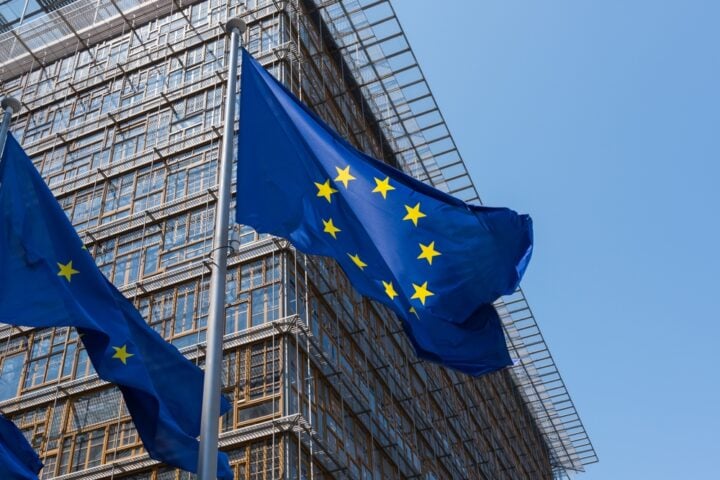In a move to stabilize the euro zone’s fragile economy, the European Central Bank (ECB) made a 25-basis-point cut to its interest rates on Thursday, lowering its key deposit facility rate to 2.25%. The decision comes as global tariff uncertainties continue to weigh heavily on economic growth, and the euro zone faces growing fears of a slowdown. This latest rate cut is the ECB’s response to ongoing global trade turmoil, which has created widespread uncertainty in markets.
The ECB’s Rate Cut: A Response to Global Trade Tensions
The rate reduction was largely anticipated by markets, with a near 94% probability of a 25-basis-point cut priced in ahead of the ECB’s announcement, according to data from LSEG. The move brings the ECB’s deposit facility rate down from its high of 4% in mid-2023. While the cut reflects the ECB’s efforts to stimulate the euro zone economy, it also underscores the continued struggles facing the region amid rising trade tensions.
Trade tensions, particularly those stemming from U.S. tariff policies and the subsequent retaliatory measures, are seen by analysts as one of the primary drivers behind the ECB’s decision. Although many of the initial tariffs have been softened or postponed, the uncertainty surrounding future trade relations has raised significant concerns about their long-term impact on economic growth in the euro zone.
The Economic Impact of Tariffs: A Deteriorating Growth Outlook
In its official policy statement, the ECB highlighted that the outlook for growth has “deteriorated owing to rising trade tensions.” It further noted that the uncertainty generated by these tensions is likely to reduce consumer and business confidence, leading to a negative impact on investment and spending. The ECB also warned that the adverse and volatile market reactions to ongoing trade conflicts could tighten financing conditions, making it more expensive for businesses and households to borrow.
The fear of global economic slowdown due to tariff disruptions has caused a ripple effect in the euro zone, with economists predicting that growth could stall further. The ECB’s rate cut is aimed at supporting businesses and households during these uncertain times, but the ongoing trade war between major global powers remains a significant threat to the region’s economic health.
Inflation and the Path Ahead: ECB’s View on Disinflation
Despite the economic challenges posed by tariffs, the ECB offered a more optimistic outlook on inflation, stating that the “disinflation process is well on track.” According to the central bank, most measures of underlying inflation suggest that inflation will eventually stabilize at around the ECB’s target of 2% in the medium term.
This projection highlights the ECB’s confidence in its ability to manage inflation, despite the external pressures caused by trade wars. The central bank’s policy response is focused on ensuring that inflation remains within its target range while also navigating the challenges presented by uncertain global trade dynamics.
Conclusion: A Long Road Ahead for the Euro Zone
The ECB’s decision to cut interest rates is a clear signal of its commitment to supporting the euro zone economy amid ongoing global trade tensions. While the rate cut is intended to provide short-term relief, the underlying issues, particularly the threat of tariffs and their economic repercussions, remain a significant concern for the region’s growth. As the ECB continues to monitor these developments, the road ahead for the euro zone may be fraught with uncertainty, making it crucial for policymakers to remain agile in their approach to managing both inflation and growth challenges.







